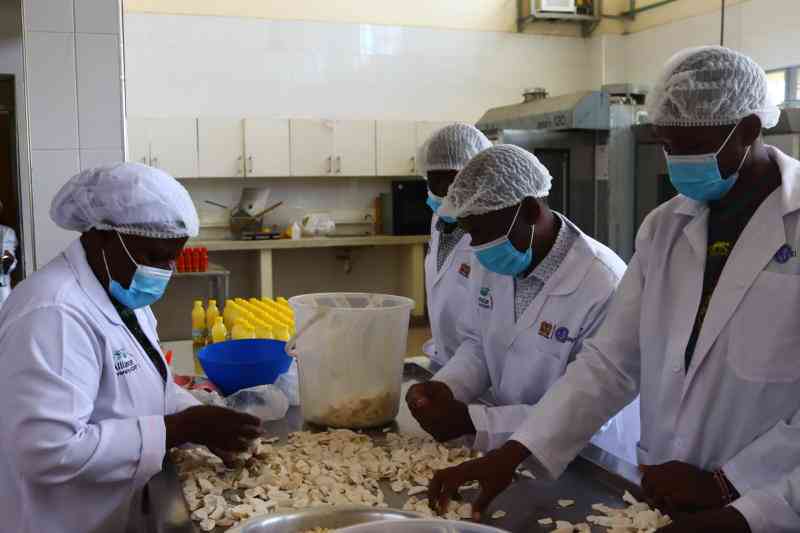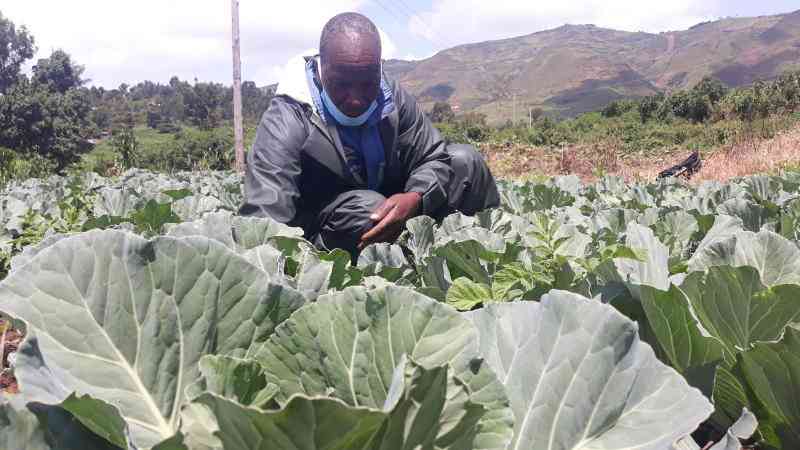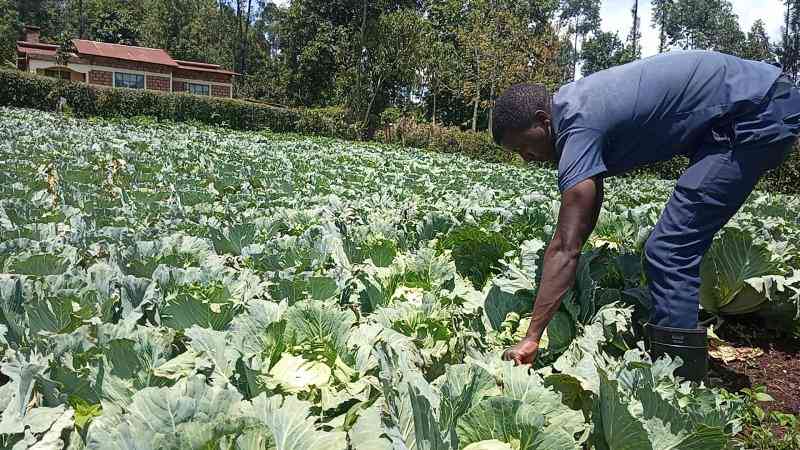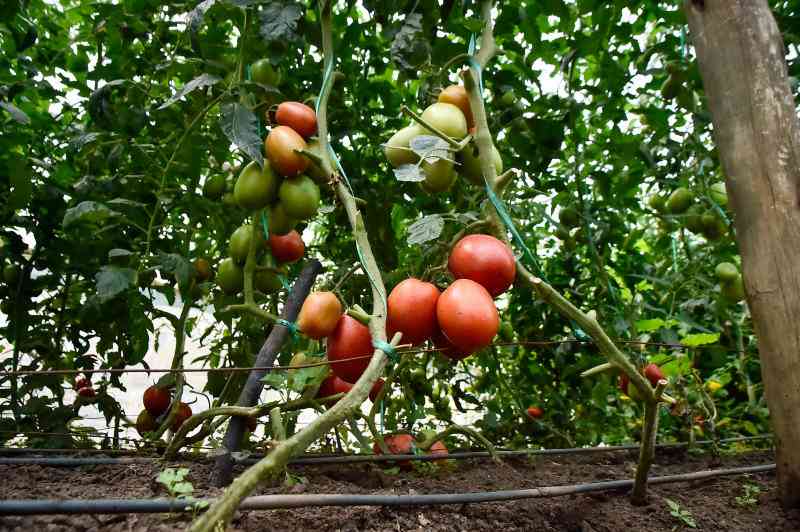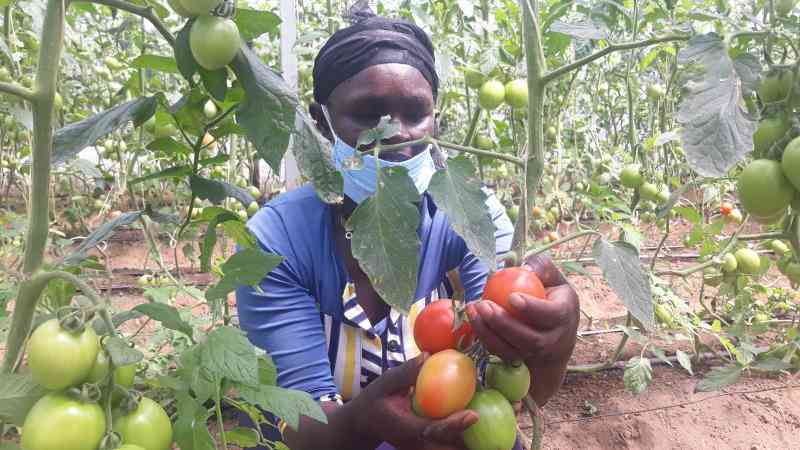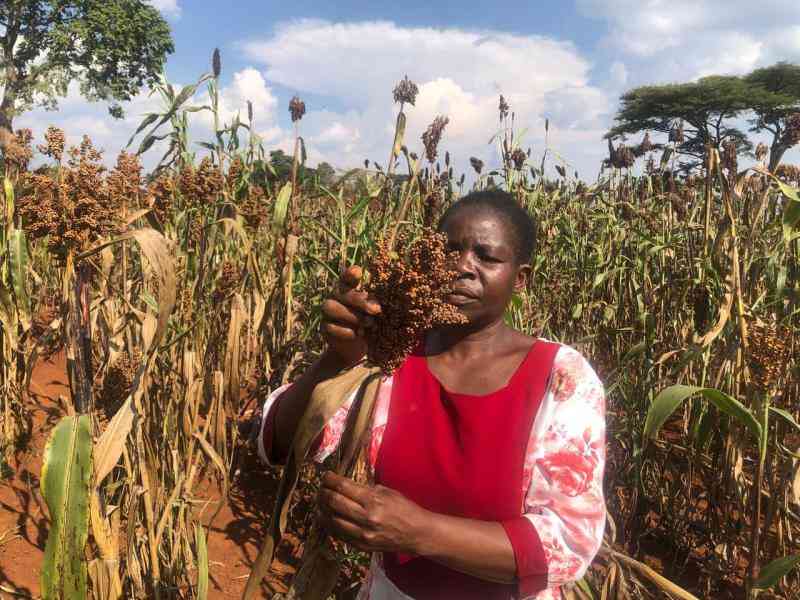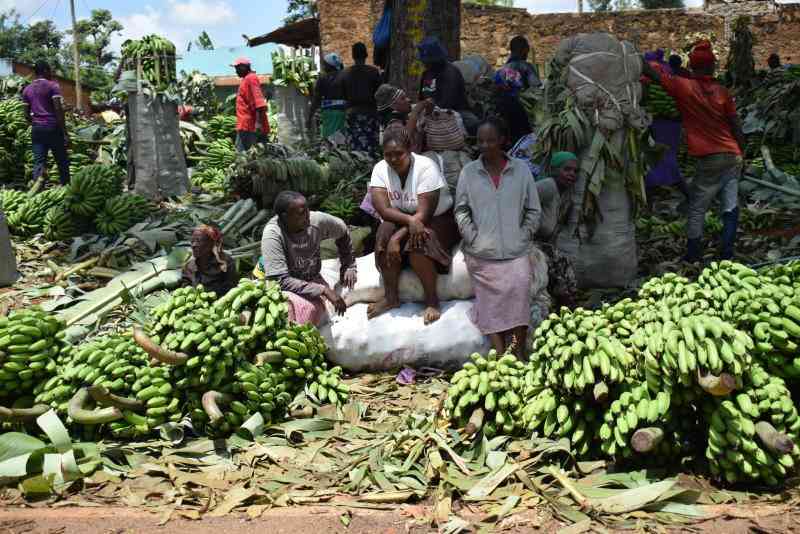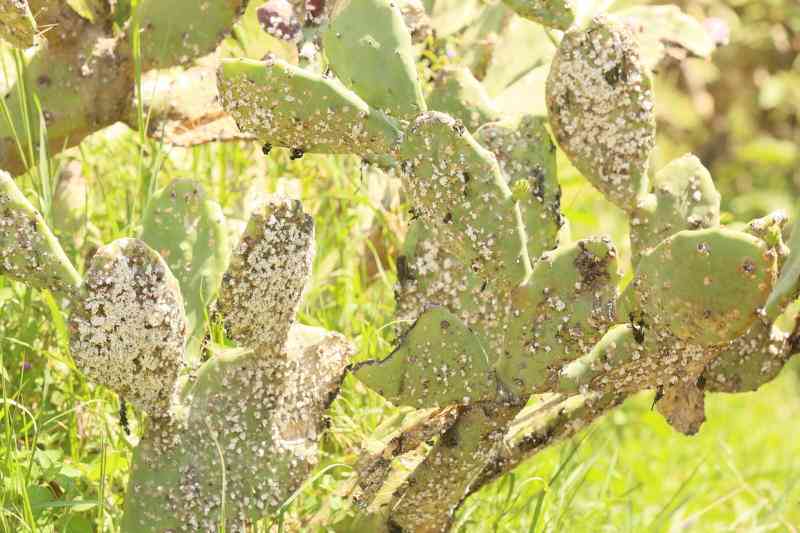
In Laikipia County, situated on the Equator in the former Rift Valley Province, lies a unique community land known as Maiyanat.
In 2016, Maiyanat underwent a significant transformation when the Government enacted the Community Land Act, granting local communities legal ownership of their communal lands. However, despite this milestone, the region faces a pressing challenge: the invasion of cactus plants, which severely impacts the livelihoods of its residents.
The cactus, known by various names such as Opuntia, prickly pear, and peyote, spreads rapidly, earning the nickname “Maua ya Mzungu” among locals. This invasive species has overtaken a significant portion of Maiyanat’s land, rendering it barren and unsuitable for traditional economic activities.
We met the members of the Maiyanat community who said the opuntia spreads like bush fire. As a pastoralist community, they rely hugely on livestock that feeds on grass. The grass that now cannot be found due to the invasion of opuntia.
Kashara Kitonga, the vice chair of the Maiyanat community land, says the livelihood of the members was made worse by the drought that was experienced in the area.
“The drought caused the death of a huge number of livestock, this made members to move to Mt. Kenya while others had to take their livestock to neighbouring farms,” says Kitonga
Taking their livestock to neighbouring farms sparked community conflict. To encourage peace, the members decided to come together and find a solution. Hence the restoring process began.
In response to these challenges, the Maiyanat community united to find solutions. They set aside 200 acres as a demonstration plot and implemented various restoration approaches. These include removing cactus plants and implementing grazing techniques to promote grass growth, such as animal impact methods.
“We put aside 200 acres as the demonstration plot, and we’ve had four approaches. We have five sites that have different projects, part of the restoration processes is removing opuntia and the other one is planting grass,” he says.
The Food and Agriculture organization (FAO) of the United Nations funded Restoration of Arid and semi-Arid lands of Kenya project.
Through FAO the community uprooted the Opuntia and also dug semi-circular bunds and swells to reduce soil erosion and to help in water retention.
The overall objective of the project is to restore deforested and degraded lands and enhance the socio-economic development of local communities.
Husna Mbarak from FAO says the restoration project that started in 2014 aim is to sensitise the community on the importance of land preservation and being able to supervise the project.
“The invasive plants are like pests. So we sensitise them on how to get rid of them and how to use them for other benefits. Land is very important and it should be guarded so that future generations can have something to show,” she says
Rebecca Ngila, a member of the 15-member community board, says for a very long time women were not recognised in decision-making projects. However, there are five women in the 15-member board.
“As women, we have had major challenges but these restoration projects help us in getting our daily bread. We are paid Sh500 daily” says Ngila
Another community member Jecinta Leigei, adds much as the project helps in getting their daily bread, the biggest challenge is that they neglect their homes.
“When we come to the farms things come to a standstill at home. After the whole day of labouring we have to go back home exhausted to fetch water, fetch firewood and cook for the family. Also, uprooting the opuntia causes damage to our hands and eyes. When the goats eat them, it also affects their mouths,” says Leigei
Teresia Kinyaga, another community member says, apart from the challenges, they can see the difference.
“This whole place was dry. You could not even see anything green. But now you can see grass following the restoration project,” she says
Community conflicts have reduced since the inception of the restoration of the Maiyanat Community land.
In understanding private and community land boundaries, the digitization and digitalization of land played a key role.
 The Standard Group Plc is a multi-media organization with investments in media platforms spanning newspaper print
operations, television, radio broadcasting, digital and online services. The Standard Group is recognized as a
leading multi-media house in Kenya with a key influence in matters of national and international interest.
The Standard Group Plc is a multi-media organization with investments in media platforms spanning newspaper print
operations, television, radio broadcasting, digital and online services. The Standard Group is recognized as a
leading multi-media house in Kenya with a key influence in matters of national and international interest.


